Wood Pruning Methods: What Is Old Wood And New Wood In Pruning
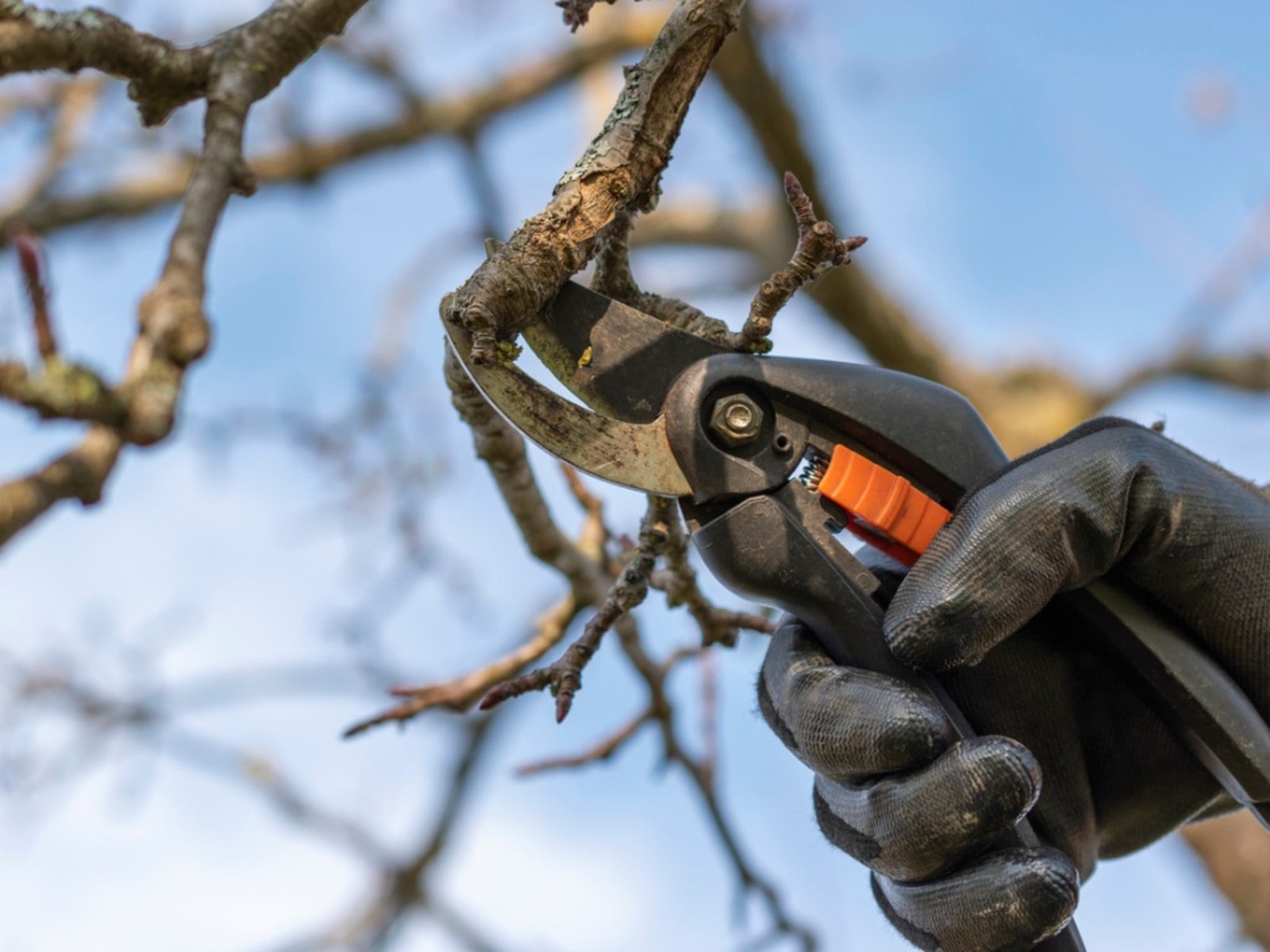
Keeping shrubs and small trees healthy is vital not only to their appearance, but also their ability to fight disease, insect infestations, and extreme weather. Plant pruning encourages new growth and blooms and is necessary for many species of shrubs and small trees. If left unpruned, many plants become woody and do not produce enough new wood to support blooming. However, when it comes to plant pruning, many questions arise as to what is old wood and what is new wood? Distinguishing between old and new wood is crucial in understanding the correct wood pruning methods for your plants.
What is Old Wood?
Spring flowering shrubs such as forsythia bloom on last year's stems, which are known as old wood. The best time to prune these types of plants is right after they bloom. Flower buds will form during the summer and fall in preparation for spring blooms.
What is New Wood?
Stems that develop during the present season are known as new wood. Many hydrangeas and summer blooming spirea bloom on new growth. Trim new wood bloomers in late winter or early spring before blooming to encourage growth.
Distinguishing Between Old and New Wood
Most plants develop what is known as a vegetative bud at the end of a year's stem growth. The expansion of the bud the following spring leaves a noticeable scar. The scar is the place where old growth ends and new growth begins. Many times there is also a slight difference in the stem color of old and new wood.
Wood Pruning Methods on Old Wood Bloomers
Prune old wood bloomers to thin and control size. All dead or crossing stems should be cut as close to the ground as possible. Since buds will form on old wood, it is important to remember that the more wood that is removed, the less prolific the bloom will be. Also, be sure to sterilize your pruning shears before cutting.
Wood Pruning Methods on New Wood Bloomers
Plants that bloom on new wood will handle severe pruning, if necessary, in their dormant season. Most new wood bloomers need to be shaped and thinned, just like old wood bloomers. Be sure to cut back any dead or damaged limbs or any that cross. As always use clean and sharp pruning shears.
Gardening tips, videos, info and more delivered right to your inbox!
Sign up for the Gardening Know How newsletter today and receive a free copy of our e-book "How to Grow Delicious Tomatoes".
-
 Looking For Plants To Give You The Soft And Fuzzies? Try These 5 Fuzzy Leaf Plant Options
Looking For Plants To Give You The Soft And Fuzzies? Try These 5 Fuzzy Leaf Plant OptionsLovers of texture, drama, silver foliage and tactile plants will adore these special sensory garden additions. These fuzzy leaf plant options will leave you all aglow
By Susan Albert
-
 Get Ready For A Summer Of Hummers! Grow These Full Sun Hummingbird Plants and Flowers
Get Ready For A Summer Of Hummers! Grow These Full Sun Hummingbird Plants and FlowersIf you’re lucky enough to enjoy a sunny backyard, make sure you are maxing out on your pollinator opportunities and grow these full sun hummingbird plants and flowers
By Tonya Barnett
-
 Best Short Bushes For Erosion Control
Best Short Bushes For Erosion ControlErosion is a serious problem that can be solved with the right plants. Read about some low-growing shrubs that can help with erosion control.
By Bonnie L. Grant
-
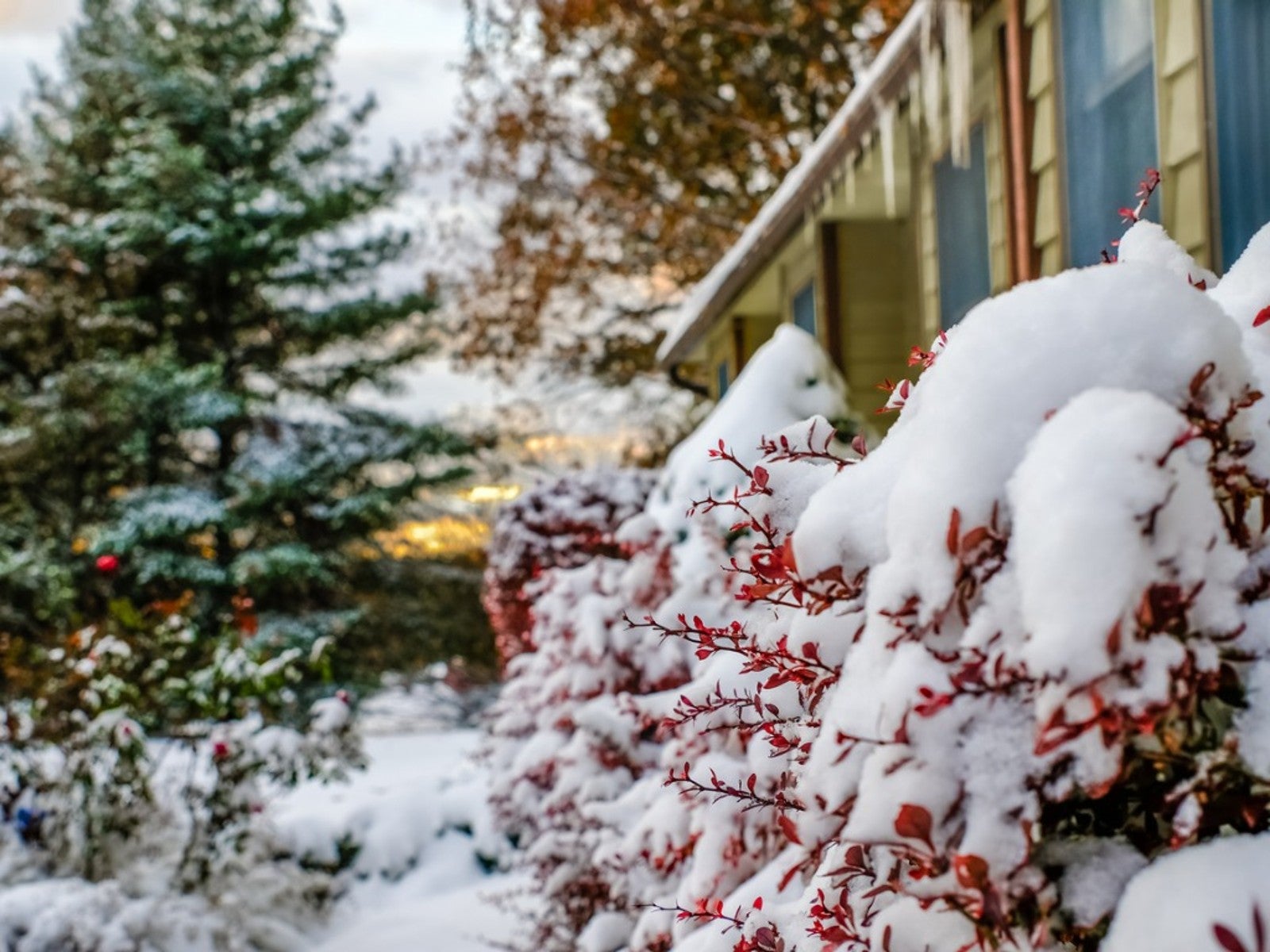 Super Hardy Shrubs And Trees For Northern Climates
Super Hardy Shrubs And Trees For Northern ClimatesWhat are the most cold hardy shrubs and trees for northern climates? Click here to find out.
By Teo Spengler
-
 Flowering Shrubs That Like Full Sun And Heat
Flowering Shrubs That Like Full Sun And HeatSome types of flowering shrubs love full sun and summer heat. Read on for full sun shrub suggestions.
By Teo Spengler
-
 Types Of Shrubs With Purple Leaves
Types Of Shrubs With Purple LeavesIn a garden full of greens and pastels, many gardeners use purple bushes and shrubs for a touch of drama. Here are our favorites.
By Teo Spengler
-
 Flowering Shrubs That Are Deer Resistant
Flowering Shrubs That Are Deer ResistantThere is almost nothing a deer will not eat if it is hungry enough, but some plants are better than others. Read on for information on flowering deer resistant shrubs.
By Teo Spengler
-
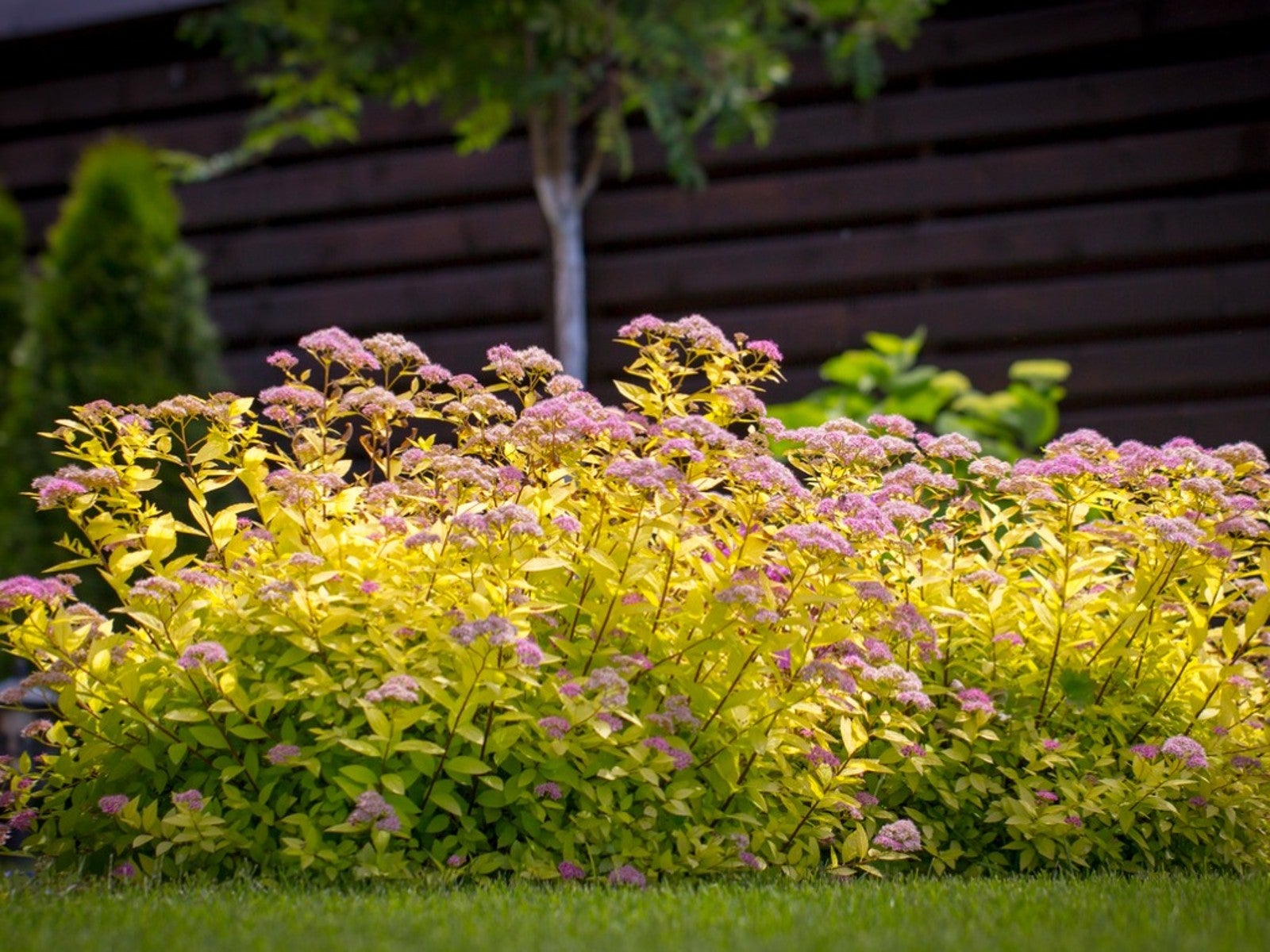 Blooming Invasive Bushes To Avoid
Blooming Invasive Bushes To AvoidWhen it comes to pretty flowers on honeysuckle, scotch broom, and butterfly bush, invasiveness hasn’t always mattered. Today, gardeners know better.
By Mary Ellen Ellis
-
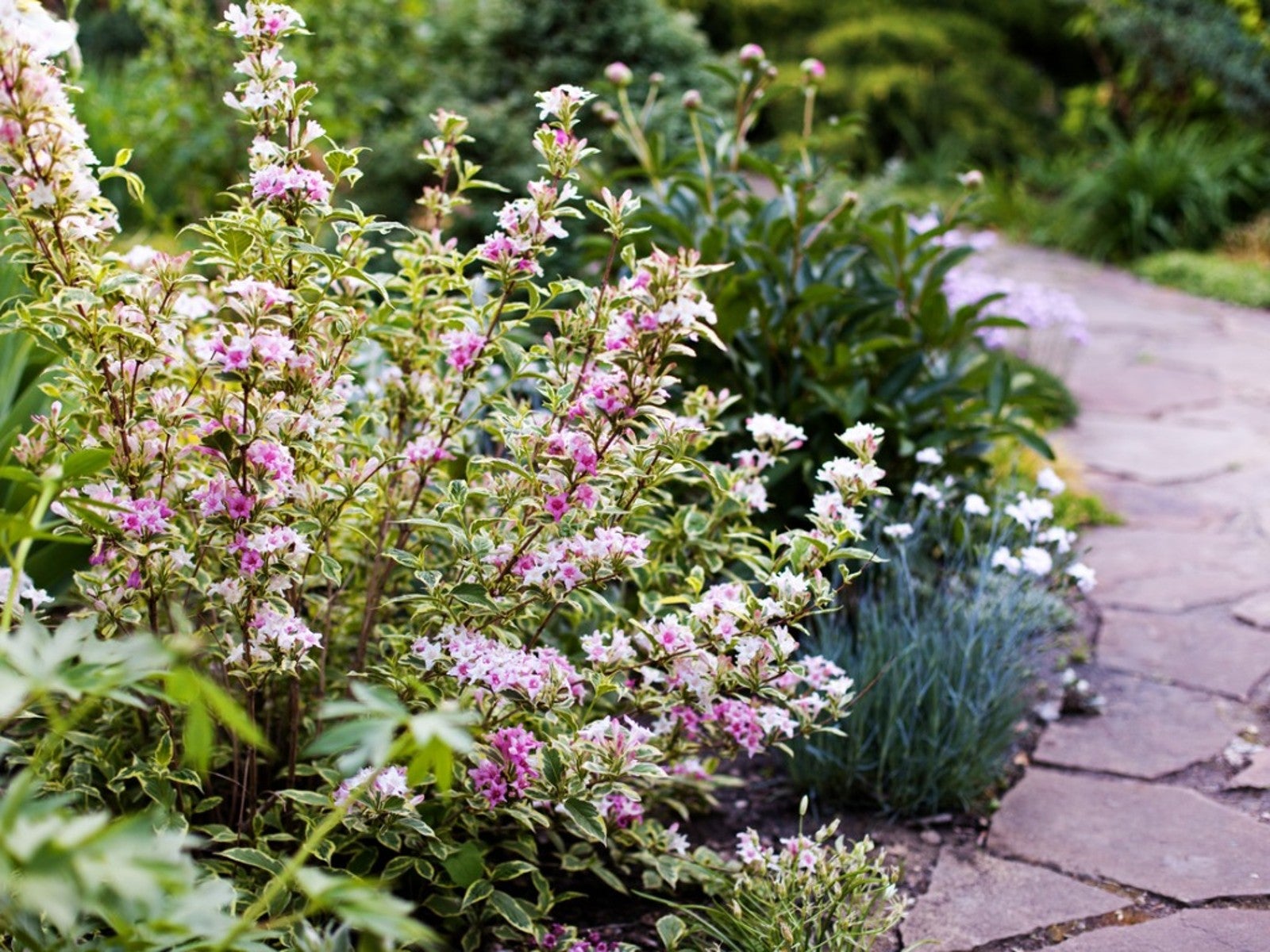 Easy To Care For Flowering Bushes
Easy To Care For Flowering BushesFlowering shrubs are a joy in the landscape, but many gardeners worry about maintenance. Read on for ideas on easy care flowering bushes.
By Teo Spengler
-
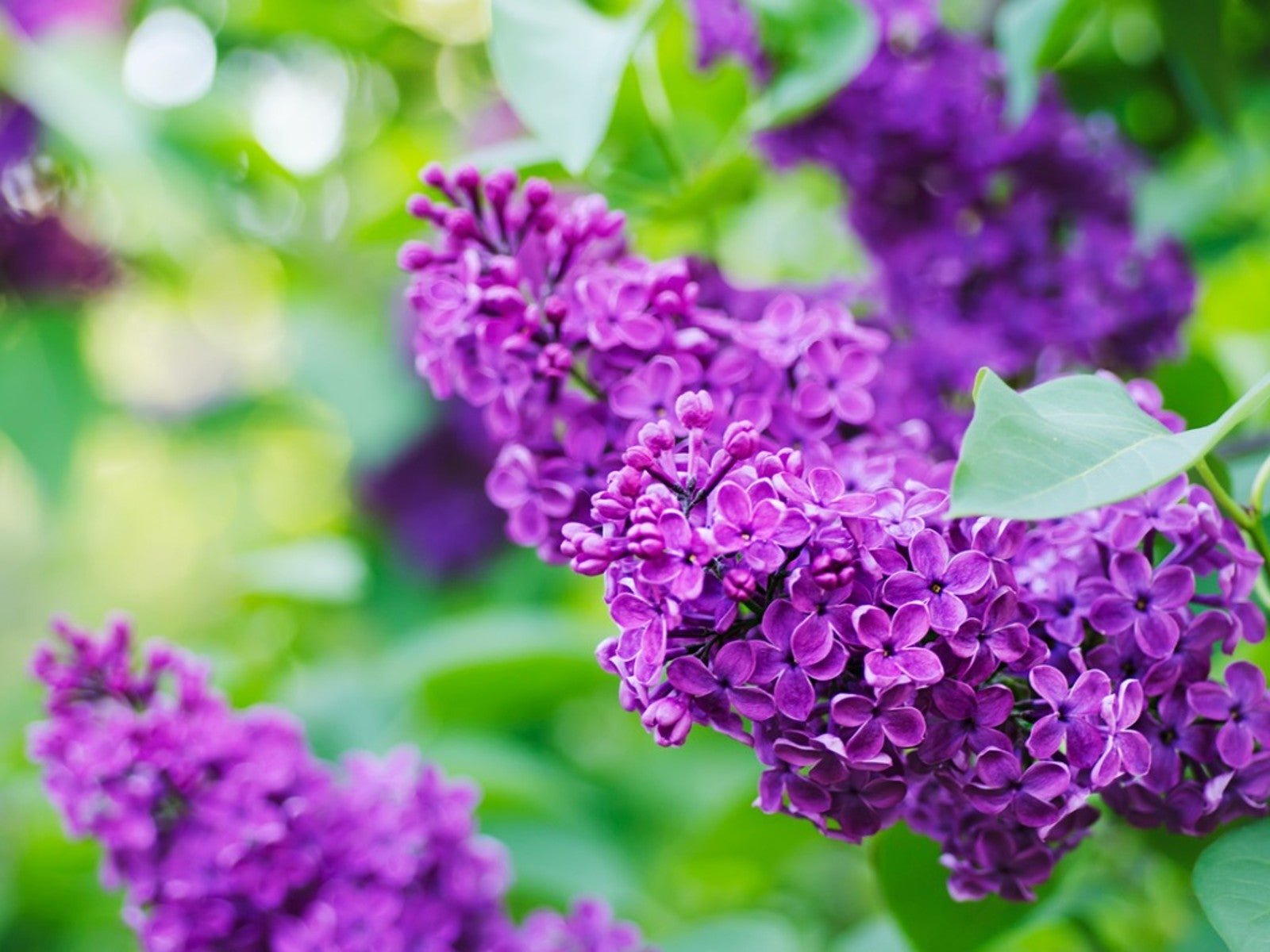 Pretty Purple Flowering Shrubs
Pretty Purple Flowering ShrubsAll flowering shrubs add interest and color to the garden, so why not pick purple? Here are our top recommendations.
By Teo Spengler